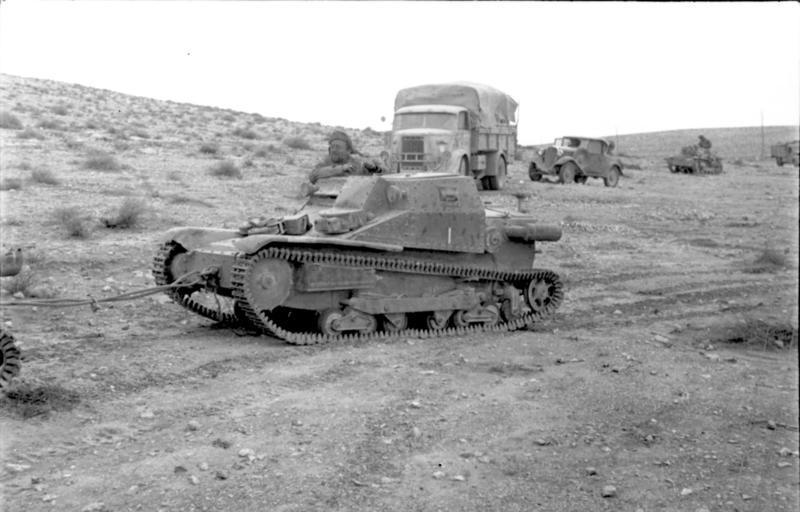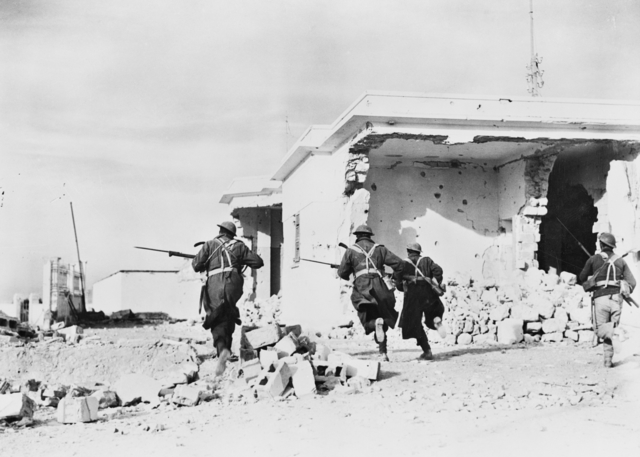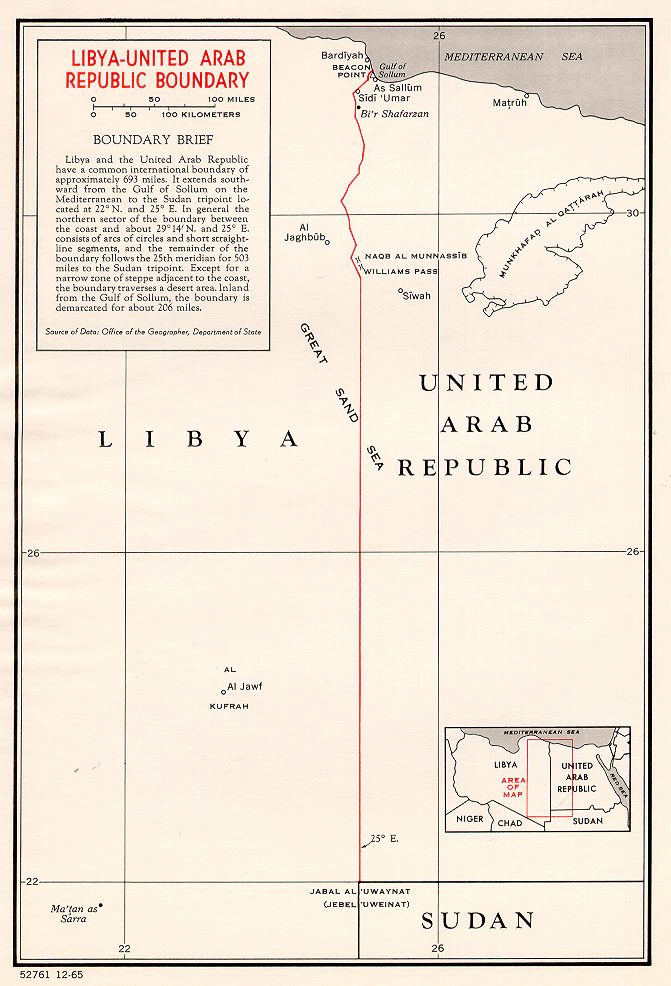|
Bardia
Bardia, also El Burdi or Barydiyah ( ar, البردية, lit=, translit=al-Bardiyya or ) is a Mediterranean seaport in the Butnan District of eastern Libya, located near the border with Egypt. It is also occasionally called ''Bórdi Slemán''. History In Roman times the town was known as Petras Maior. During World War I, German U-boats made several landings in the port of Bardia in support of the Senussi order during the Senussi Campaign. During World War II, it was the site of a major Italian fortification, invested by the XXIII Corps under the command of General Annibale Bergonzoli. On 21 June 1940, the town was bombarded by the 7th Cruiser Squadron of the Mediterranean Fleet. The bombardment force consisted of the , British cruisers and , the Australian cruiser , and the destroyers HMS '' Dainty'', ''Decoy'', '' Hasty'', and . The bombardment caused minimal damage. The town was taken during Operation Compass by Commonwealth forces consisting mainly of the Australian ... [...More Info...] [...Related Items...] OR: [Wikipedia] [Google] [Baidu] |
Battle Of Bardia
The Battle of Bardia was fought between 3 and 5 January 1941, as part of Operation Compass, the first British military operation of the Western Desert campaign of the Second World War. It was the first battle of the war in which an Australian Army formation took part, the first to be commanded by an Australian general and the first to be planned by an Australian staff. The 6th Australian Division (Major General Iven Mackay) assaulted the strongly held Italian fortress of Bardia, Libya, assisted by air support and naval gunfire and under the cover of an artillery barrage. The 16th Australian Infantry Brigade attacked at dawn from the west, where the defences were known to be weak. Sappers blew gaps in the barbed wire with Bangalore torpedoes and filled in and broke down the sides of the anti-tank ditch with picks and shovels. This allowed the infantry and 23 Matilda II tanks of the 7th Royal Tank Regiment to enter the fortress and capture all their objectives, along with 8,0 ... [...More Info...] [...Related Items...] OR: [Wikipedia] [Google] [Baidu] |
Operation Compass
Operation Compass (also it, Battaglia della Marmarica) was the first large British military operation of the Western Desert Campaign (1940–1943) during the Second World War. British, Empire and Commonwealth forces attacked Italian forces of the 10th Army (Marshal Rodolfo Graziani) in western Egypt and Cyrenaica, the eastern province of Libya, from December 1940 to February 1941. The Western Desert Force (WDF) (Lieutenant-General Richard O'Connor) with about advanced from Mersa Matruh in Egypt on a five-day raid against the Italian positions of the 10th Army, which had about in fortified posts around Sidi Barrani in Egypt and in Cyrenaica. The WDF swiftly defeated the Italians in their fortified posts and at Sidi Barrani and then exploited the success, forcing the rest of the 10th Army out of Egypt and capturing the ports along the Libyan coast. The 10th Army was cut off as it retreated towards Tripolitania and defeated at the Battle of Beda Fomm, the remnants bein ... [...More Info...] [...Related Items...] OR: [Wikipedia] [Google] [Baidu] |
Australian 6th Division
The 6th Division was an infantry division of the Australian Army. It was raised briefly in 1917 during World War I, but was broken up to provide reinforcements before seeing action. It was not re-raised until the outbreak of World War II, when it was formed as a unit of the Second Australian Imperial Force (2nd AIF). Throughout 1940–41 it served in the North African Campaign, the Greek campaign, on Crete and in Syria, fighting against the Germans, Italians and Vichy French. In 1942, the division left the Middle East and returned to Australia to meet the threat of Japan's entry into the war. Part of the division garrisoned Ceylon for a short period of time, before the division was committed to the New Guinea campaign. In New Guinea, its component brigades had a major role in the successful counter-offensive along the Kokoda Track, at Buna–Gona and around Salamaua–Lae in 1942–43. Throughout late 1943–44, the division was re-organised in Australia before being committ ... [...More Info...] [...Related Items...] OR: [Wikipedia] [Google] [Baidu] |
Annibale Bergonzoli
Annibale Bergonzoli (1 November 1884 – 31 July 1973), nicknamed ''"barba elettrica"'', " Electric Whiskers", was an Italian Lieutenant General who served during World War I, the Spanish Civil War and World War II. In 1940 he commanded the defences of Bardia, Libya. In February 1941, after the disastrous Battle of Beda Fomm, Bergonzoli surrendered to Australian forces. He was held as a prisoner in India and the USA before being repatriated to Italy. Bergonzoli settled in his birthplace, Cannobio, and died there in 1973. Biography Italian colonial wars He entered the Italian Regio Esercito in 1911, beginning his military career as a second lieutenant. Bergonzoli then took part in the occupation of Libya during the Italo-Turkish War in 1911, continuing to be prominent in Libya for several years, dedicated to mop up operations against Libyan rebels opposed to Italian colonization . He also took part in the First World War, a conflict in which he received several decorations ... [...More Info...] [...Related Items...] OR: [Wikipedia] [Google] [Baidu] |
XXIII Corps (Italy)
The Italian XXIII Army Corps ( it, XXIII Corpo d'Armata) was a formation of the Italian army in World War II. History There was a XXIII Corps in World War I, formed in Padua, which existed between 10 April 1917 and 15 July 1919. The Corps was reformed in Al-Khums in Libya on 15 October 1939 and participated in the Italian Invasion of Egypt. Like the rest of the Italian 10th Army, it had to retreat and took up defensive positions in the major Italian fortification of Bardia. During the Battle of Bardia, the town was overrun by the 6th Australian Division, and despite its numerical superiority, the entire XXIII Corps was taken prisoner on 5 January 1941 and disbanded. On 15 June 1942, a new XXIII Corps was formed in Trieste to defend the coast and the Trieste. On 10 September 1943, the Corps was disarmed by the Germans and disbanded. Composition in 1940 * 1st CC.NN. Division "23 Marzo" * 2nd CC.NN. Division "28 Ottobre" * 2nd Libyan Division 1942-1943 * 2nd In ... [...More Info...] [...Related Items...] OR: [Wikipedia] [Google] [Baidu] |
HMS Hasty (H24)
HMS ''Hasty'' was an H-class destroyer built for the Royal Navy during the mid-1930s. She was assigned to the Mediterranean Fleet until the beginning of World War II. The ship transferred to Freetown, Sierra Leone, in October 1939 to hunt for German commerce raiders in the South Atlantic with Force K. ''Hasty'' returned to the British Isles in early 1940 and covered the evacuation of Allied troops from Namsos in early May 1940 during the Norwegian Campaign. She was transferred back to the Mediterranean Fleet shortly afterwards and participated in the Battle of Calabria and the Battle of Cape Spada in July 1940. The ship took part in the Battle of Cape Matapan in March and evacuated British and Australian troops from both Greece and Crete in April and May. In June, ''Hasty'' participated in the Syria-Lebanon Campaign and was escorting convoys and the larger ships of the Mediterranean Fleet for the next year. During the Second Battle of Sirte in March 1942 she defended a conv ... [...More Info...] [...Related Items...] OR: [Wikipedia] [Google] [Baidu] |
HMS Dainty (H53)
HMS ''Dainty'' was a D-class destroyer built for the Royal Navy in the early 1930s. The ship was initially assigned to the Mediterranean Fleet before she was transferred to the China Station in early 1935. She was temporarily deployed in the Red Sea during late 1935 during the Abyssinia Crisis, before returning to her assigned station where she remained until mid-1939. ''Dainty'' was transferred back to the Mediterranean Fleet just before World War II began in September 1939. She briefly was assigned to West Africa for convoy escort duties in 1940 before returning to the Mediterranean. The ship participated in the Battle of Calabria in July 1940 and was assigned to convoy escort and patrol duties until she was sunk by German bombers off Tobruk on 24 February 1941. Description ''Dainty'' displaced at standard load and at deep load. The ship had an overall length of , a beam of and a draught of . She was powered by Parsons geared steam turbines, driving two shafts, which ... [...More Info...] [...Related Items...] OR: [Wikipedia] [Google] [Baidu] |
Butnan District
Butnan ( ar, البطنان ') sometimes called ''Tubruq District'' or ''Tobruk District'' from the former name, occasionally ''Marmarica'', is an administrative district (shabiyah) in eastern Libya. Its capital city is Tobruk. In the north, Butnan has a shoreline on the Mediterranean Sea. To the east, it borders Egypt's Matruh Governorate, along with a small border on the Al Wadi al Jadid Governorate in the far southeast. Domestically, it borders Derna in the northwest and Al Wahat in west and south. The most important settlements are Tobruk, Jaghbub and Bardia. Per the census of 2012, the total population in the region was 157,747 with 150,353 Libyans. The average size of the household in the district was 6.9, while the average household size of non-Libyans being 3.7. There were totally 22,713 in the district and the population density of the district was 1.86 persons per sq. km. Per 2006 census, there were totally 50,154 economically active people in the district. Hist ... [...More Info...] [...Related Items...] OR: [Wikipedia] [Google] [Baidu] |
Egypt–Libya Border
The Egypt–Libya border ( ar, الحدود المصرية الليبية) is 1,115 km (693 mi) in length and runs from the Mediterranean Sea in the north to the tripoint with Sudan in the south. Description The border starts in the north on the Mediterranean coast at the Gulf of Sallum. It then proceeds overland roughly southwards via series of irregular lines that frequently veer south-west or south-east, before reaching the 25th meridian east. The border then follows this meridian south down to the Sudanese tripoint on Gabal El Uweinat. Only the northern littoral section of the boundary contains any significant population centres, with the vast majority of the frontier running through remote areas of the Sahara desert, including the Great Sand Sea and Libyan desert. History Egypt, though nominally part of the Ottoman Empire, had acquired a large degree of autonomy under Muhammad Ali following the Second Egyptian-Ottoman War of 1839–41. In 1882 the British occupied Egy ... [...More Info...] [...Related Items...] OR: [Wikipedia] [Google] [Baidu] |
HMS Decoy (H75)
HMS ''Decoy'' was a D-class destroyer of the Royal Navy. Ordered in 1931, the ship was constructed by John I. Thornycroft & Company, and entered naval service in 1933. ''Decoy'' was initially assigned to the Mediterranean Fleet before she was transferred to the China Station in early 1935. She was temporarily deployed in the Red Sea during late 1935 during the Abyssinia Crisis, before returning to her duty station where she remained until mid-1939. ''Decoy'' was transferred back to the Mediterranean Fleet just before the Second World War began in September 1939. She briefly was assigned to West Africa for convoy escort duties in 1940 before returning to the Mediterranean. The ship participated in the Battles of Calabria without significant damage and escorted ships of the Mediterranean Fleet for most of the rest of the year. ''Decoy'' assisted in the evacuations from Greece and Crete in April–May 1941. She began escorting supply convoys in June to Tobruk, Libya, until the ... [...More Info...] [...Related Items...] OR: [Wikipedia] [Google] [Baidu] |
Libya
Libya (; ar, ليبيا, Lībiyā), officially the State of Libya ( ar, دولة ليبيا, Dawlat Lībiyā), is a country in the Maghreb region in North Africa. It is bordered by the Mediterranean Sea to the north, Egypt to the east, Sudan to the southeast, Chad to the south, Niger to the southwest, Algeria to the west, and Tunisia to the northwest. Libya is made of three historical regions: Tripolitania, Fezzan, and Cyrenaica. With an area of almost 700,000 square miles (1.8 million km2), it is the fourth-largest country in Africa and the Arab world, and the 16th-largest in the world. Libya has the 10th-largest proven oil reserves in the world. The largest city and capital, Tripoli, is located in western Libya and contains over three million of Libya's seven million people. Libya has been inhabited by Berbers since the late Bronze Age as descendants from Iberomaurusian and Capsian cultures. In ancient times, the Phoenicians established city-states and tradin ... [...More Info...] [...Related Items...] OR: [Wikipedia] [Google] [Baidu] |
Axis Powers
The Axis powers, ; it, Potenze dell'Asse ; ja, 枢軸国 ''Sūjikukoku'', group=nb originally called the Rome–Berlin Axis, was a military coalition that initiated World War II and fought against the Allies. Its principal members were Nazi Germany, the Kingdom of Italy, and the Empire of Japan. The Axis were united in their opposition to the Allies, but otherwise lacked comparable coordination and ideological cohesion. The Axis grew out of successive diplomatic efforts by Germany, Italy, and Japan to secure their own specific expansionist interests in the mid-1930s. The first step was the protocol signed by Germany and Italy in October 1936, after which Italian leader Benito Mussolini declared that all other European countries would thereafter rotate on the Rome–Berlin axis, thus creating the term "Axis". The following November saw the ratification of the Anti-Comintern Pact, an anti-communist treaty between Germany and Japan; Italy joined the Pact in 1937, followed ... [...More Info...] [...Related Items...] OR: [Wikipedia] [Google] [Baidu] |





.jpg)
